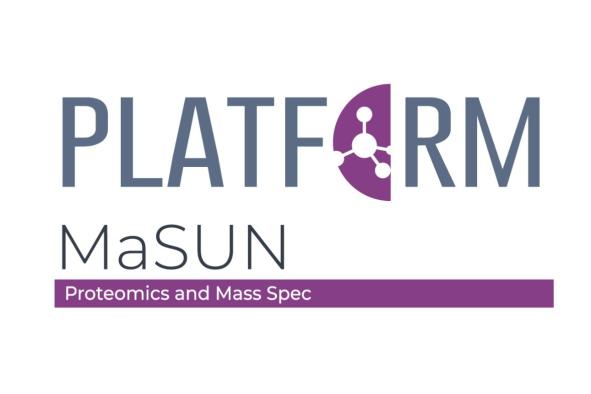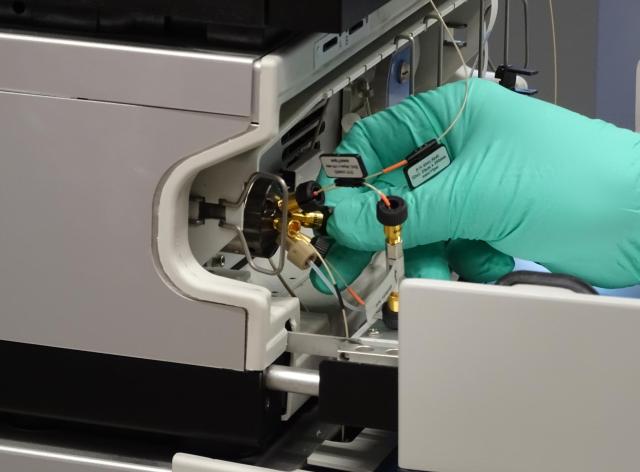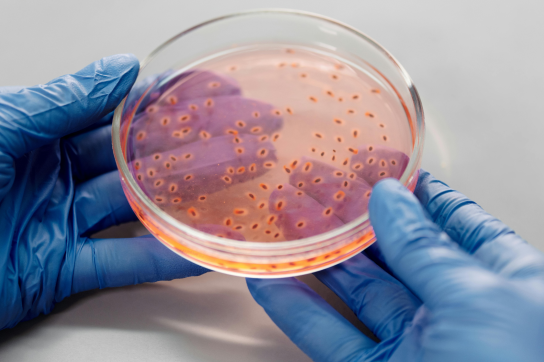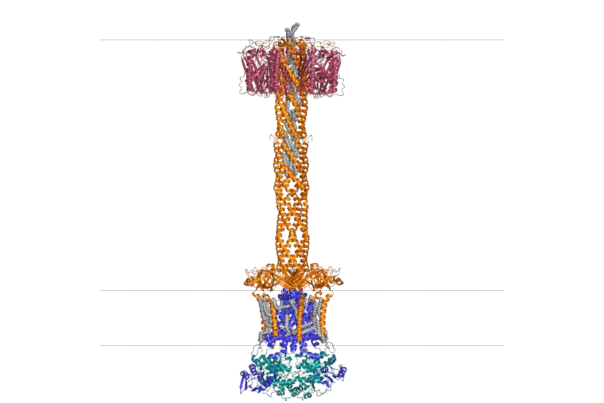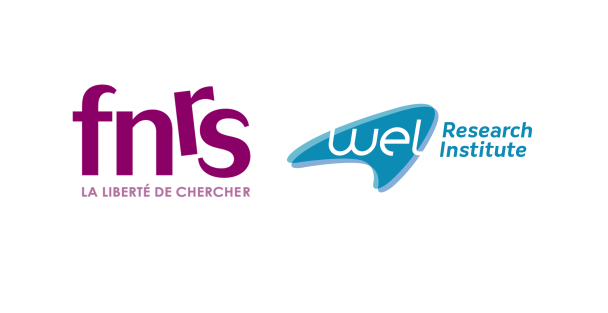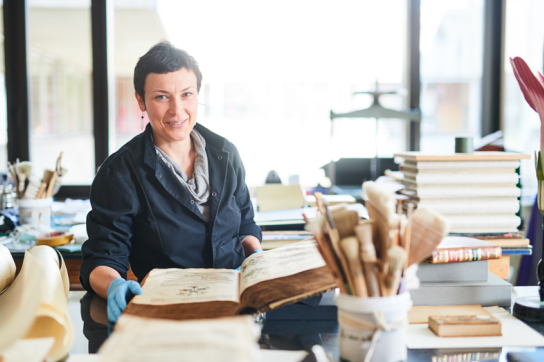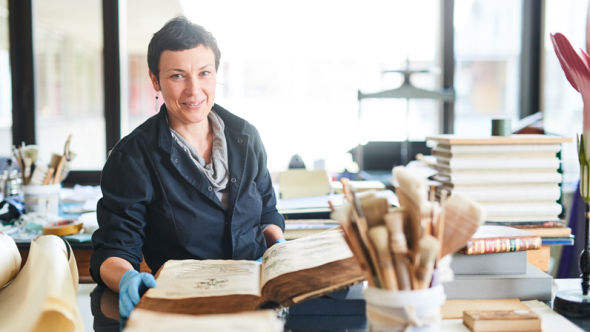The Mass Spectrometry platform (MaSUN) at the University of Namur specializes in mass spectrometry analysis, covering proteomics, targeted quantification of compounds (biomarkers, drugs...) and small molecule identification.
It supports academic and industrial projects, from sample preparation to data analysis, with recognized expertise in quantification, molecular characterization and metabolomic studies.
Description de la plateforme
MaSUN regroupe des équipements issus de plusieurs unités de recherche de l’Université de Namur :
- Département de Pharmacie
- Unité de Chimie Organique (UCO)
- Service de Spectrométrie de Masse
- Unité de Biologie Cellulaire (URBC)
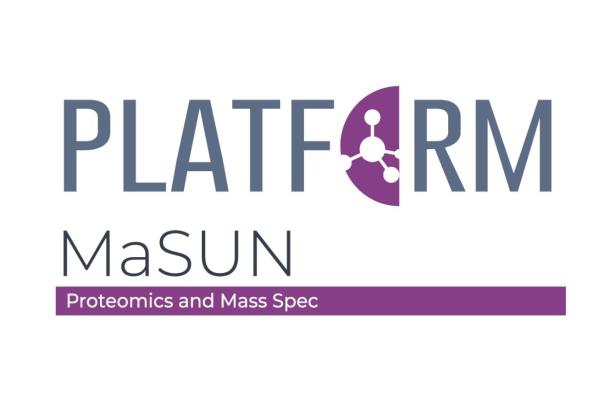
Domaine d'expertise
- Analyses protéomiques complètes (extraction, digestion, LC-MS/MS, traitement des données)
- Quantification ciblée de petites molécules dans des matrices complexes (ex. plasma)
- Identification et caractérisation de composés organiques et biomolécules
- Études des modifications post-traductionnelles (PTM) et analyses comparatives
- Fractionnement hors ligne des peptides et cross-linking
Actualités
- Lancement de la métabolomique avec le Professeur Marc Hennequart
- 2024 : mise à niveau du timsTOF Pro vers timsTOF HT et du nanoElute vers nanoElute 2 grâce au financement de l'UNamur et avec l'aide de l'URBC.
- 2018 : acquisition d’un spectromètre haute résolution à mobilité ionique pour la protéomique quantitative grâce à une subvention du FNRS.
- 2014 : acquisition d’un triple quadrupôle pour la quantification de petites molécules grâce à une subvention du FRNS.
Équipements clés
La plateforme MaSUN combine différents spectromètres de masse complémentaires :
- Waters ACQUITY QDa avec un HPLC Waters Alliance pour les analyses chimiques de routine.
- Waters XEVO TQ-S avec un UHPLC Waters dédié à la quantification de petites molécules dans des environnements complexes tels que le plasma.
- Bruker MaXis Impact couplé à un Dionex Ultimate 3000 2D-LC ou à un Ultimate nanoUPLC principalement dédié au profilage protéomique et aux analyses haute résolution de petites molécules.
- Bruker timsTOF HT alimenté par PASEF couplé à un Bruker nanoElute dédié aux analyses protéomiques quantitatives.
Logiciels disponibles
Les logiciels suivants, destinés au traitement des données protéomiques, à l'identification et à la quantification des protéines, sont disponibles pour répondre aux différents besoins en matière d'analyse d'échantillons :
- DIA-NN, DIA-Analyst
- MaxQuant, Perseus
- Mascot Server 2.8
- PEAKS 13 (LFQ, SILAC, PTM, De Novo sequencing)
- Scaffold 5 (Spectral Counting)
- Merox 2.0 (Cross-linking)
Services et collaboration
La plateforme propose :
- Formation et accompagnement des chercheurs (extraction, électrophorèse, digestion)
- Analyses complètes pour projets académiques (avec contribution minimale pour les réactifs)
- Prestations pour entreprises avec services intégrés
Pour toute demande : contactez Marc Dieu ou Patsy Renard.
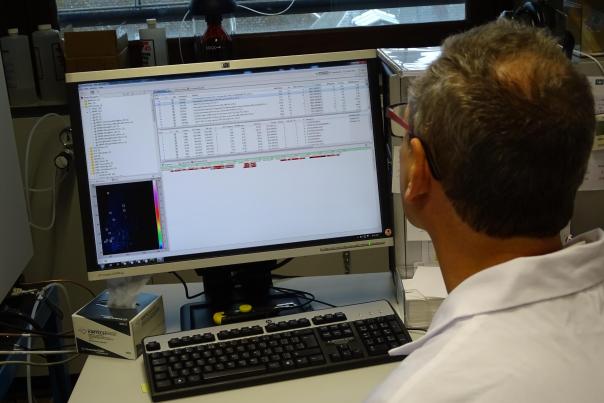
On vous explique en image
